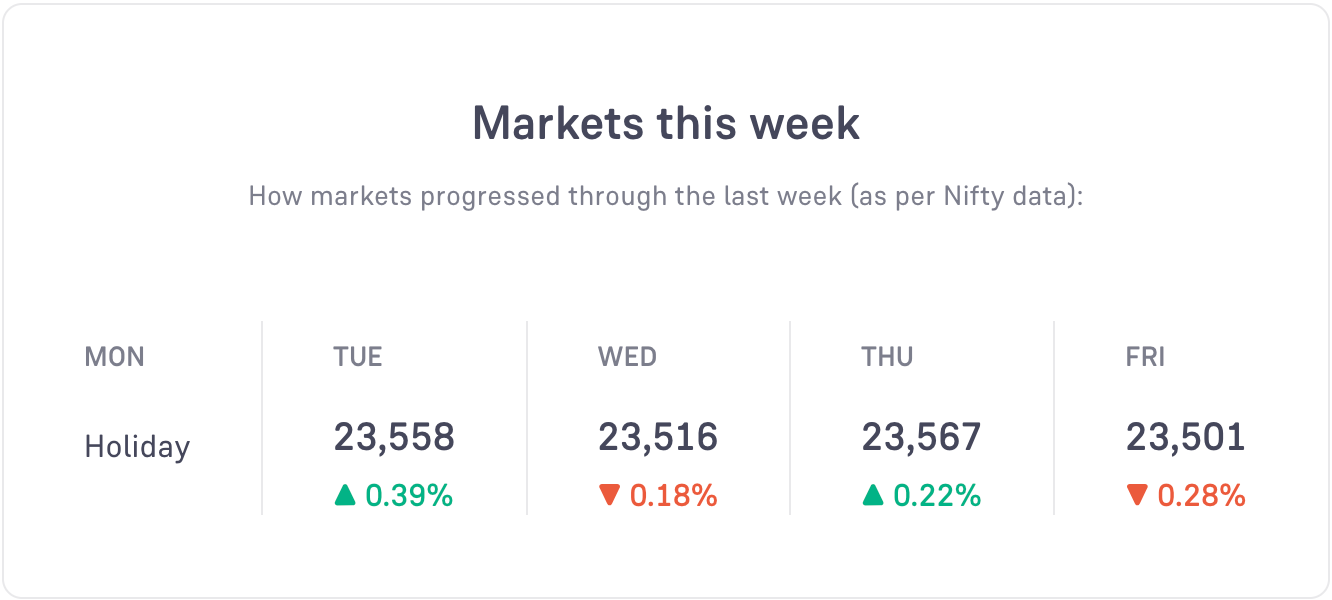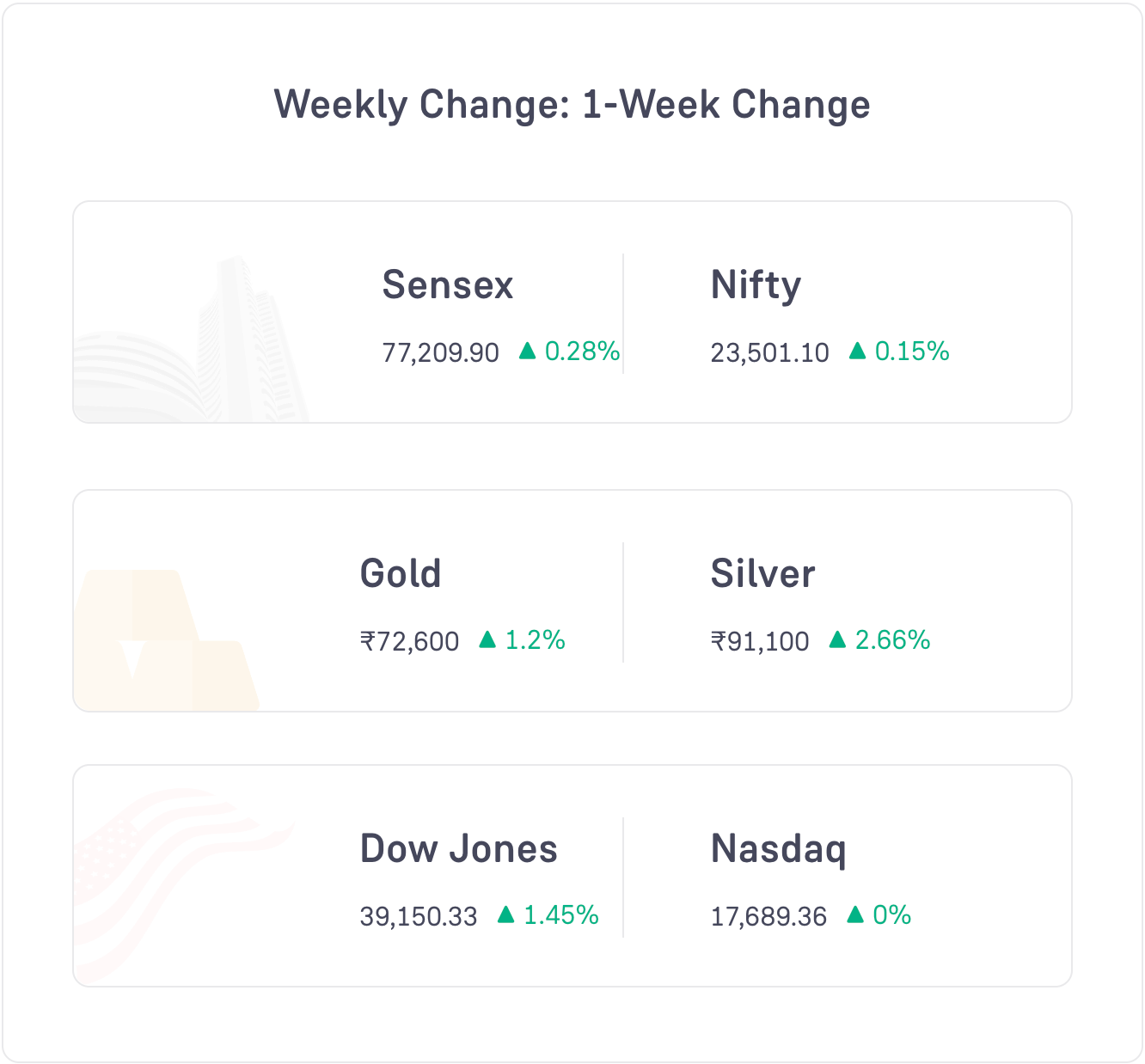British Rail Pension Fund.
Its aim: manage the retirement benefits of railway employees.
Established in 1948.
In 1974, it did something unusual.
Pension funds usually invest in a diversified set of assets: stocks, bonds, ETFs, real estate, gold, currencies – etc.
Nothing unusual about that.
But in 1974, they decided to invest 3% of their total money (around 40 million pounds) in an unconventional asset: art.
Art has been bought and sold for centuries. What was so unique about this investment?
This move by the British Rail Pension Fund was the first such move.
It was the first time a big institution had entered the world of art.
Before this, the biggest inventors in art were rich individuals or wealthy companies.
No major funds were investing in art – until this point.
The pension fund was advised by an auction house for free. The only condition was that all the art would be bought via the auction house.
But why?
Why did the pension fund get into investing in art?
That period – 1970, and 80s – was particularly bad.
The stock markets were not doing well. The returns were low. Inflation was high.
Funds that wanted to make good returns had to look for alternative investment options – if they wanted higher returns.
Art was seeing a surge.
Between 1974 and 1980, the pension fund bought art using the 40 million pounds it had allocated.
Towards 1990, some questions started to emerge.
The art world is not like the stock markets.
If you want to sell your shares today and get money in return, you can immediately sell.
But art does not sell that fast. And the price of art depends on the demand for it. It does not have an intrinsic value like stocks.
The fact that an auction house was advising the pension fund also raised some questions.
How can the seller also be the advisor?
During the 1990s, the British Rail Pension Fund gave up on buying art.
They started selling. Over time, they sold all their art.
They managed to get a good return on their investment: 11% per annum (1974 to 1999).
Art Funds
This move resulted in the birth of a category: art funds.
Art funds are still a relatively new concept.
Not many exist in the world. They are quite unregulated – there aren’t many rules. They accept money from big investors only. They operate in a manner similar to hedge funds.
They usually charge high fees – 1% to 3% per annum and 20% of profits at maturity (example).
Investors can take out their money only after the fund matures – after the fund has sold its art.
Many art funds are run by art advisors or art experts.
Can that be fair? Can the seller also be an unbiased advisor?
Art funds have attracted the attention of investors at different times.
The British Rail Pension Fund invested in art at a time when the share markets were not doing very well.
Similarly, many investors were looking for art funds to invest in around 2008 – the Great Recession.
One noteworthy art fund company is called Fine Art Group. It is based out of London.
One of its early funds gave a return of 5% at the time of maturity – a return that is considered poor by some.
Many of the art funds that exist today were started around the 2008 period.
Around 50 new art funds were started back then. Most of them shut down by 2010.
A few Indian art funds had attracted investors too. They too have mostly shut down.
Not just rich individuals, banks and insurance companies invest in art funds as well.
Art funds were believed (by some) to be a good hedge against the share markets. The idea was that it helps you diversify your portfolio.
If the share markets fall, gold usually rises. Many people thought art would behave similarly.
If the share markets fell, their art investments would stay up.
Today, we know that this is not true.
Recession 2008
Why did so many funds close around the 2008 Great Recession period?
The answer to this lies in the maturity of art funds.
When an art fund matures, it has to sell the art. That is how it can generate returns.
A few art funds were started in the early 2000s. Their maturity was around 2007-2008.
Art is often sold in auctions to get the best price.
When these funds tried to sell their art, nobody was willing to buy them for the asking price.
The market had changed and the demand was not like before.
Turns out, when people are suffering losses in the share markets, they do not want to buy expensive art.
So, during a market crash, these funds gave poor returns.
They were not a good hedge against the share markets.
Why?
Why are we writing about art funds?
Yes, it is good to know about different kinds of funds.
But there is a larger idea here.
Art funds teach us an important lesson about investing in new assets.
Art funds are new.
There is not much history to check.
We do not know what art funds are suited for. Or how well they will perform.
Some of the world’s biggest banks had invested in art funds before 2008. Even some Indian banks had invested in art funds before 2008.
It turned out to be a bad decision for many of them.
Art funds are a new sector and still evolving.
Even now, many big investors are investing in art funds and are happy – with the returns or the diversification they are getting, or both.
Art funds cannot be called ‘bad investments’ just because some art funds failed.
It just means that more time is needed to understand them.
And that is the lesson – that every new option is not a sure-shot path to great returns.
But also – that if it does not perform well, it does not mean it is a bad option.
Sometimes, we all just need more time to figure out the real answer.
The images above were generated using AI tools.
Quick Takes
+RBI has been awarded the Risk Manager of the Year Award 2024 by the Central Banking, London, UK.
+Hyundai India has filed for an IPO with SEBI to raise around Rs 25,000 cr.
+NSE has launched a new thematic index to track the tourism sector: Nifty India Tourism Index. Currently, 17 stocks are included in this index.
+Retail sales in India rose 3% year-on-year in May (vs 4% in April): Retailers Association of India.
+Nvidia became the world’s biggest company ($3.3 trillion market-cap) by overtaking Microsoft.
+Ola Electric received approval from SEBI for its IPO to raise Rs 5,500 cr.
+FDI (Foreign Direct Investment) to India fell by 43% in 2023. Globally it was a 2% fall: UN.
+Zepto has raised $665 million in a second funding round within one year at a $3.6 billion valuation.
+India’s composite PMI rose to 60.9 in June (vs 60.5 in May). Manufacturing PMI stood at 58.5 (vs 57.5 in May), and services PMI at 60.4 (vs 60.2 in May).
The information contained in this Groww Digest is purely for knowledge. This Groww Digest does not contain any recommendations or advice.
Team Groww Digest






